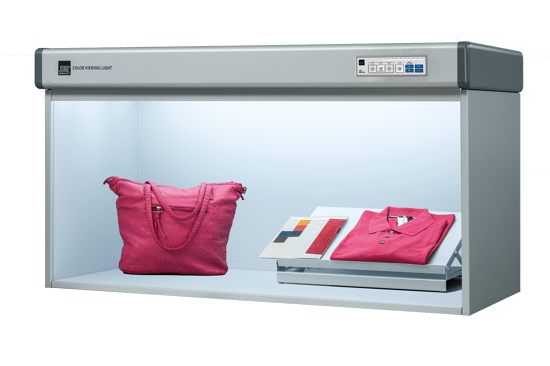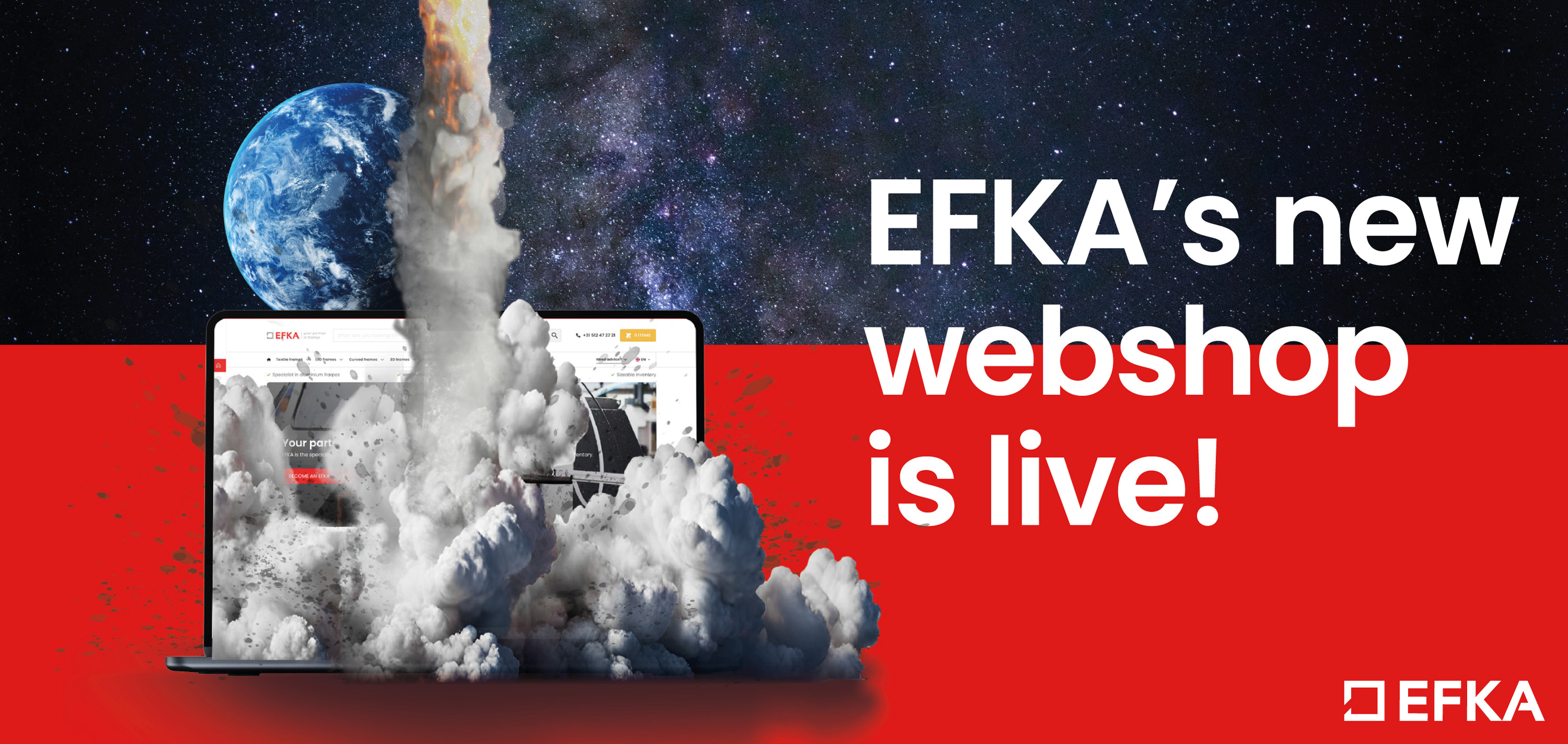Printed clothing trend talk: the place of hybrid technology in the value chain

In our recent FESPA Innovations & Trends (FIT) virtual event we brought together three printers from across the world to discuss the latest trends in garment decoration and the future of the sector.
The host: Graeme Richardson-Locke: Head of Associations and Technical Lead, FESPA. With 35 years’ experience in the industry, Graeme began as an apprentice and progressed through several directorships before joining FESPA in his current role. He is also a member of the Academy of Screen and Digital Printing Technologies.
The experts:
Samir Sadikoglu, Owner and General Manager of BirSifir Tekstil AS in Turkey. After 24 years with the family business, ETF Tekstil, Samir’s new venture is a contract screen printer for sportswear and fashion manufacturers. He also owns the Grit3.com e-commerce brand.
Raitis Purins, Head of Marketing at Printful, Latvia, an on-demand fulfilment specialist offering e-commerce warehousing, custom print, embroidery and product drop-shipping for online retailers.
Mark Gervais, Director of Screen Print at Ningbo Shenzhou Knitting Company, Shenzhou, China. Mark has worked in screen printing since 1977 and has managed Ningbo’s huge capacity (up to 850,000 pieces a day) since 2009. He is also a member of the Academy of Screen and Digital Printing Technologies.
Hybrid screen/digital technology promises the best of both worlds: low-cost white ink, special effects, digital customisation, and a perfect four-colour process. Where do you see the technology fitting into the value chain?
Samir: It's good that it gives us the possibility of using existing equipment to add value to the digital print or add digital to our needs. But it has its problems, and not all have been solved. We do have this type of equipment but have some issues too. The inks we’re using are not very user-friendly and need some adaptation. Plus, we also need several screens to work with this. We need, let's say, three whites, and then we need the topcoat on top of that. So actually we need about four screens.
So why not add two or three more screens and print analogue? That's the most frequent question. It’s something which we're playing around with at the moment. Sometimes if the order is shorter than we prefer, then we go digital, and sometimes if the order is for a higher volume, we would add a couple more screens and go analogue.
Mark: I echo what Samir's talking about in a lot of regards because Samir taught me a lot already! We share a lot of the same challenges and we share a lot of the same vision, but I think we're still exploring. Hybrid is nothing new, but we're still working to find new opportunities.
We see a lot of requests from the customer where they need it digitally printed. We look at it and we say, "Why would you need that digitally printed?” It could be from a sustainability standpoint — I think digital offers a lot of that. Even though it does require a topcoat, and in some cases, it may need two or three whites, but we're heavily invested in it. We're still finding new opportunities for it. Sometimes we see designs with 16 or 17 screens and we can minimise those. We can't print everything through CMYK — we all know that — but you can still print a lot of those colours and then augment with some spot colours or fluorescents where needed.
Samir's one of the best at printing high density. He's won numerous awards for his high density, and he even shared some secrets with me about some. I can’t reveal those secrets, but it was amazing. Now, we're able to do high density on the machine, and we're printing the sides of the high density with the hybrids. We can lift the hybrid head, and then it sprays out, and we can actually print the sidewalls of the high density and then cap that with another colour. It's almost like it's both a tool, and a toy, and we're still finding new ways to work with it.
Graeme: I suppose that points to one of the key characteristics of the best screen printing in this sector — the combination of technical understanding and creativity. Every year, when we have the FESPA awards and I’m in the privileged position of being part of the judging panel, we see the work that comes in from garment decorators, and the creativity is an incredible life force in the sector.
I'm intrigued about this high density and the idea of graduating colour down the sidewall of the high density. There's always so much to learn, and as you say, new areas to fit the process into a business opportunity. I was wondering about maybe if you're doing standard designs, but you want personalisation too — like a Disney shirt with a kid's name on a flag element of the design. Is there the possibility to have a batch production run? So you might stick everything into the pipe for a week and then do a batch production, and then do the versioning through that batch production and ship out. Or are consumers now just expecting things at such a fast rate that it precludes that opportunity?
Mark: I think if they could build a program like that, and they call that variable data or data on demand. Where you could work with a common template, and what you print over the top of that could just be variable — a name, number, or different photos. It could be a lot of things, but you're working with the common template. If they sold orders that way for a couple of hundred pieces for us, it would make sense to put that up, run the common template on the base layer, and then just run the variable data on top.
Again, that would come from the brand or a customer where they build the program and you would, as you say, accumulate orders over a couple of days or a week, and then run that out. It's a good opportunity.
Samir: About ten years ago, they did Nike T-shirts for the Paris marathon. There were 8,000 pieces, all numbered on the back. At that time we couldn’t print digitally. What we did was, print numbers from zero to nine, and then we adjusted that and did a heat transfer. It was a headache, of course.
Raitis: Mark and Samir both mentioned the sustainability factor, which is something to keep in mind for the future. I believe it's no longer just a marketing tool that you talk about as an e-commerce brand or any brand — it's something people already expect from you. You can make a case that digital DTG printing is better for the environment versus maybe other printing techniques, but the on-demand aspect is also important.
If you're producing something in bulk and it appears in the stores, then probably some of those products will be thrown away. With on-demand and online, everything that you purchase is essentially already sold. I can't say we are generating no waste, but it is less waste. So sustainability is something to keep in mind.
Watch the whole conversations here, and for more information on the first day of the FESPA Innovations and Trends Printed Clothing event, visit here.
Discover the latest innovations in garment printing at the Global Print Expo 2021, Europe's leading exhibition for screen and digital wide format print, textile printing and signage. Discover the latest products, network with like-minded individuals and explore new business opportunities. Register now and use promo code FESH101 to receive a discount of 30 euros.
Topics
Interested in joining our community?
Enquire today about joining your local FESPA Association or FESPA Direct
Recent news

The pros and cons of Digital Signage and Printed Signage
Sonja Angerer discusses the pros and cons of both digital signage and printed signage. Current developments such as artificial intelligence and spatial computing are changing the situation once again. How will this shift affect printers?

How to create an efficient smart factory
Debbie McKeegan speaks to industry specialists at Personalise Make Wear in Amsterdam about smart factories and customisation technology. Debbie speaks to Antigro, Caldera, Print Logistic, Inkcups and Kornit Digitial.

Standard lighting conditions for wide format printers and their many markets
Paul Sherfield shares the various standard conditions that are required for wide format printers as colours can appear differently dependent on the differing types of lighting and environments.
_compromised.jpg?width=550)